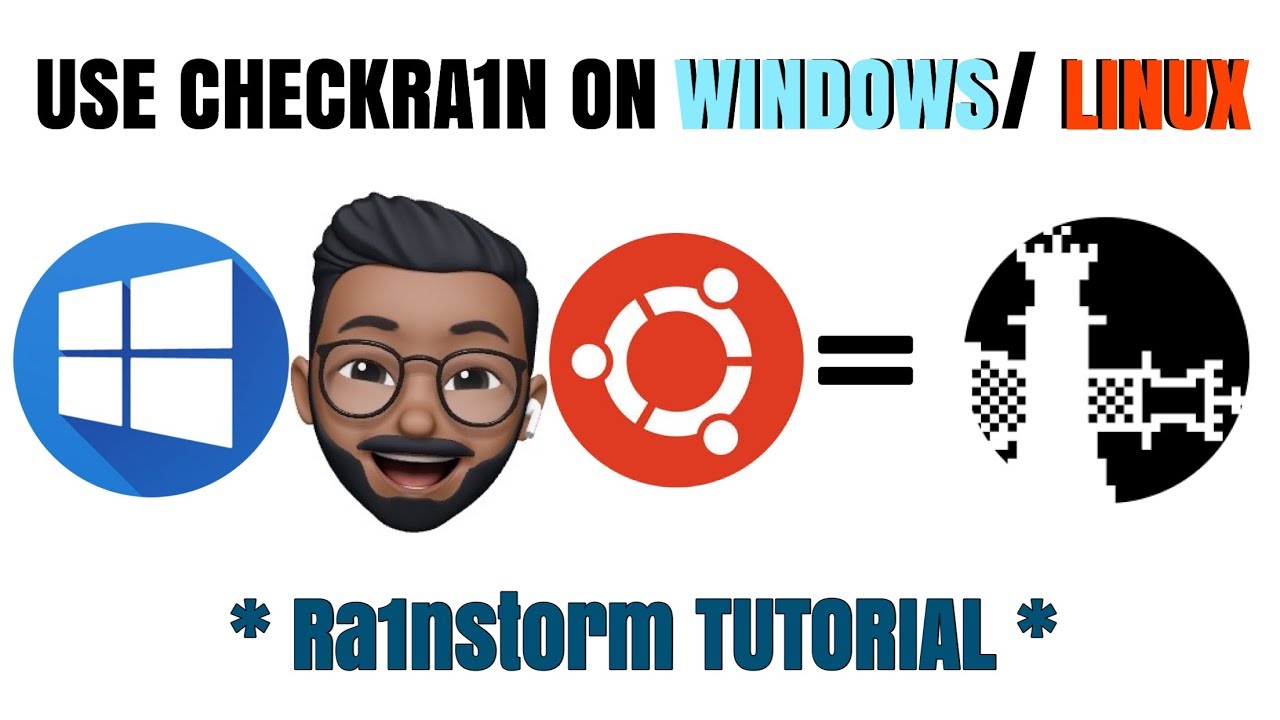Ubuntu VM on macOS with libvirt + QEMU Installing libvirt and QEMU. First, install homebrew, which is a package manager for macOS. Run brew install qemu gcc. Installing Ubuntu Server 20.04. There are two ways to access the virtual display of the VM, either using a VNC client. You may want to also check out Sosumi, a snap package that makes it easy to download and install macOS Catalina in a virtual machine on Linux, which also uses QEMU + KVM, and is based on macOS-Simple-KVM. It's worth noting that Sosumi hasn't been updated since. How to install macOS in a virtual machine (QEMU) on Linux using Sosumi snap package 1. Install the Sosumi snap package: sudo snap install sosumi -edge Why edge? In my test, the macOS virtual machine did. Run Sosumi for the first time by typing sosumi in a terminal. This is only required the. Technically I believe you're still 'covered' if you were to e.g. Run a macOS VM, under some non-macos 'host', on Mac hardware. I'd imagine the most common scenario for that would be macOS guests running on ESXi on Mac hardware, but my understanding is that e.g. A macOS guest under say Vbox or KVM with a linux host OS should also be 'ok' in.
We love Linux, we love Open Source, we avoid all the stress caused by macOS or Windows. However, there will come a time when you need to use software for work and that software runs only on macOS or on Windows. If for Windows we don’t have big problems and we can find solutions in all the sauces, macOS things get a little complicated.
When the friend you forced to switch to Linux a while ago comes to you and asks you how to use Adobe’s corporate macOS suite on his PC, what do you do?
Some time ago it would have been very complicated and you would have convinced him to use a Windows VM to take advantage of the Adobe suite, but today things have changed.
Kali Linux installation with VMware Fusion Player 12 = Free:)Need help? Join my Discord here: 0:00Download Kali.
A simple macOS VM in QEMU, accelerated by KVM
Obviously we are talking about a simple procedure that implies the use of huge hardware resources: already a Mac in itself uses powerful hardware let alone virtualize it what computing power we need. Nothing transcendental since today’s computers are thousands of times as powerful as Apollo 11 on the Moon, so let’s not worry too much. Network recording player application for mac.
Mac On Linux
As we said, there is a minimum CPU requirement for macOS itself: both Intel and AMD CPUs are supported, but the recommendations are Ivy Bridge (or later) Core and Xeon processors, or AMD Ryzen, AMD Threadripper, and AMD Epyc processors. You also need some disk space and the bare minimum virtual disk size would be around 20GB, but you’ll find it hard to get any apps installed. Manam telugu movie hd. Adobe Photoshop Elements 2020, one of the most simple Adobe applications, needs 6.5GB of available hard-disk space to install and additional 2.5GB to download all optional content. So, take a look at the space you need.

You’ll need a Linux system with QEMU, python3, pip, and the KVM modules enabled. A Mac is not required.
sudo dnf install qemu qemu-img python3 python3-pip # for Fedora
sudo zypper in qemu-tools qemu-kvm qemu-x86 qemu-audio-pa python3-pip # for openSUSE
sudo apt-get install qemu-system qemu-utils python3 python3-pip # for Ubuntu
Run jumpstart.sh to download installation media for macOS (internet required). The default installation uses Catalina, but you can choose which version to get by adding either --high-sierra, --mojave, or --catalina. For example:
Note: You can skip this if you already have BaseSystem.img downloaded. If you have BaseSystem.dmg, you will need to convert it with the dmg2img tool.
Create an empty hard disk using qemu-img, changing the name and size to preference:
All sound recorder vista 1.3. and add it to the end of basic.sh:
Note: If you’re running on a headless system (such as on Cloud providers), you will need -nographic and -vnc :0 -k en-us for VNC support.
Then run basic.sh to start the machine, first, use Disk Utility to partition the virtual disk and then install macOS.
To fine-tune the system and improve performance, look in the docs folder for more information on adding memory, setting up bridged networking, adding passthrough hardware (for GPUs), tweaking screen resolution, and enabling sound features.
For all the additional info, for the solved and opened issues and to contribute to the project, you can find all at the GitHub page: https://github.com/foxlet/macOS-Simple-KVM/.
Linux Vm On Mac Os X
Also, if you like simple things and SNAP, you can also use SOSUMI, the snap version of this package. Just launch SOSUMI from the terminal to monitor the initial launch setup (subsequent launches can be done via the desktop icon) and this will boot to the macOS recovery system. It’s available on snapcraft.io (https://snapcraft.io/sosumi) snap archive.
